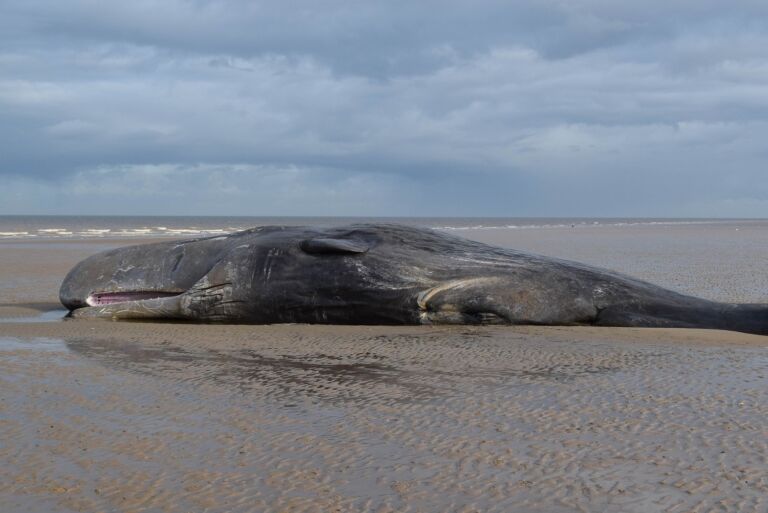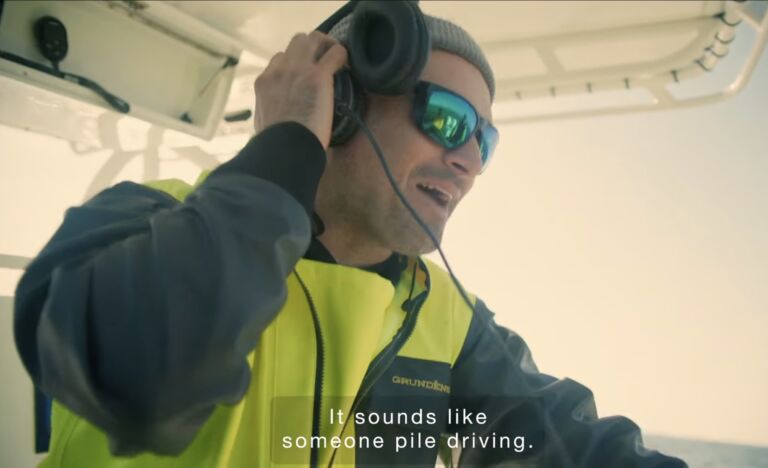A team of scientists led by Duke University researchers will set out to determine the risk offshore wind turbines could pose to birds, fish and marine mammals with the support of a U.S. Department of Energy grant.
The $7.5 million grant was awarded as federal and North Carolina officials push to scale up the offshore wind industry, with President Joe Biden setting a national goal of 30 gigawatts of wind by 2030 and N.C. Gov. Roy Cooper setting targets of 2.8 gigawatts by 2030 and 8 gigawatts by 2040.
The study is an acknowledgment that massive offshore wind turbines present a threat to area wildlife. For instance, some estimates say millions of birds and hundreds of thousands of bats are killed by wind turbines every year.
But wind turbines, and offshore wind energy more specifically, present far more threats both environmentally and economically beyond what the federal grant will investigate.
A prepared statement by my colleague Jon Sanders opposing the proposed Kitty Hawk wind farm included several such threats, including:
- Because the wind doesn’t blow constantly, wind turbines require a backup generation source. These backup sources invariably are fossil-fuel based generators, which often result in wind turbine energy farms emitting higher levels of greenhouse gasses than otherwise.
- Handling retired turbine blades creates a disposal nightmare. The blades are largely unrecyclable and require specialized equipment to cut down pieces to be hauled away by tractor trailers to fill up landfills.
- The inefficiency and unreliability of wind energy combine to make it a very expensive form of energy. Higher energy bills fall disproportionately heavily on low-income households, often forcing them to choose between paying their electric bill or buying food.
Moreover, a study commissioned by the Locke Foundation and released in June explored more significant problems with wind energy:
- Offshore wind requires more than 500 times the amount of land space to generate the same amount of electricity as nuclear, and roughly 130 times as much land space as natural gas. If the U.S. were to rely exclusively on wind power, nearly 27 million acres worth of wind farms would be required; compared to less than 5 million acres that would be required for either nuclear or natural gas.
- The levelized cost of energy for wind is nearly three times that of natural gas or nuclear.
- Wind turbines require a massive amount of minerals to produce, for example four times as much copper as nuclear energy. The mining of such minerals generate a host of other environmental issues, such as threatening clean water sources.
- The minerals required for wind turbines are heavily concentrated in China, making US wind farms highly reliant on raw materials from them.
- NPR reports that by 2040 the U.S. will generate more than 700,000 tons of wind turbine blade waste, the equivalent of 22,580 discarded Boeing 737s. This presents huge challenges for safe disposal, while creating massive piles at landfills.
Unfortunately, the Duke University researchers will be limited to finding ways to mitigate the damage done to area wildlife by offshore wind farms. The damage and threats posed to both the environment and to low-income households by wind energy should not be ignored.


